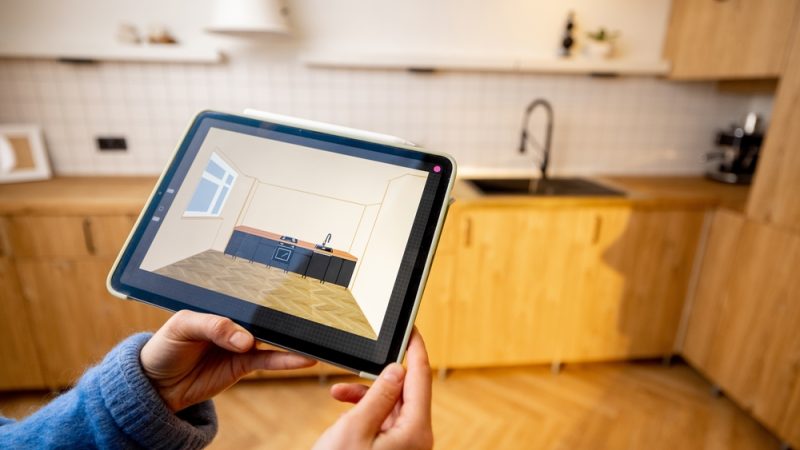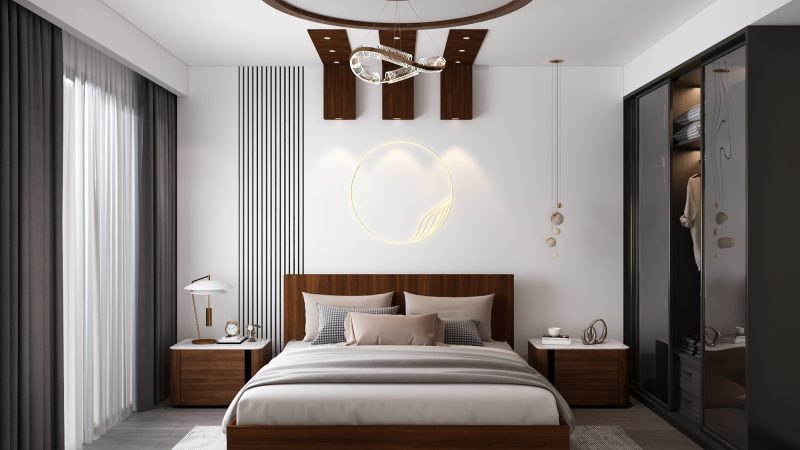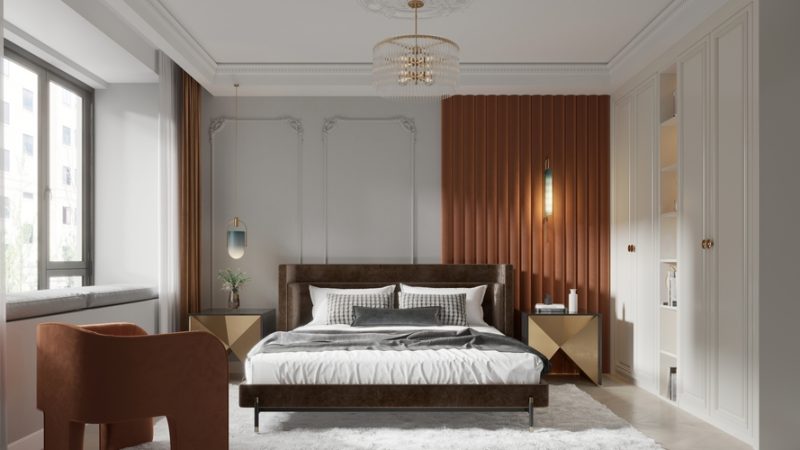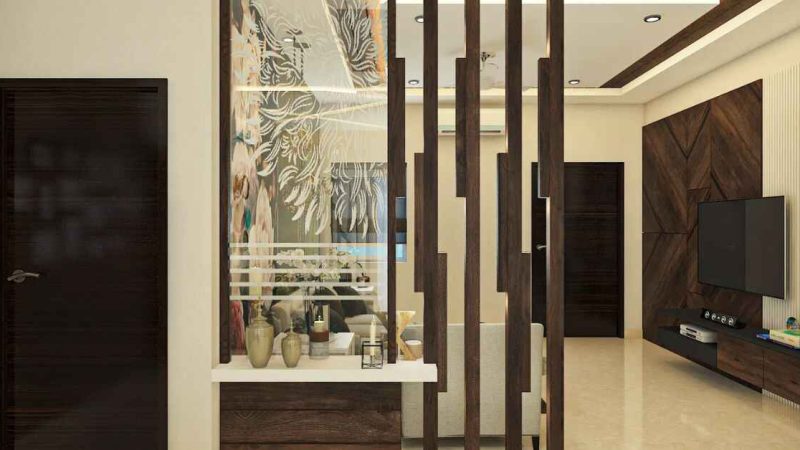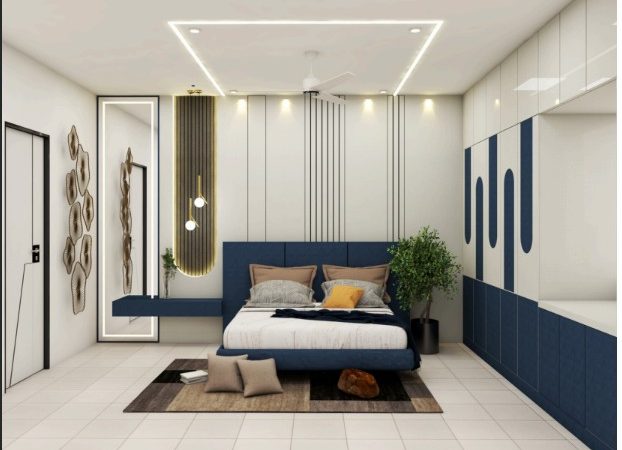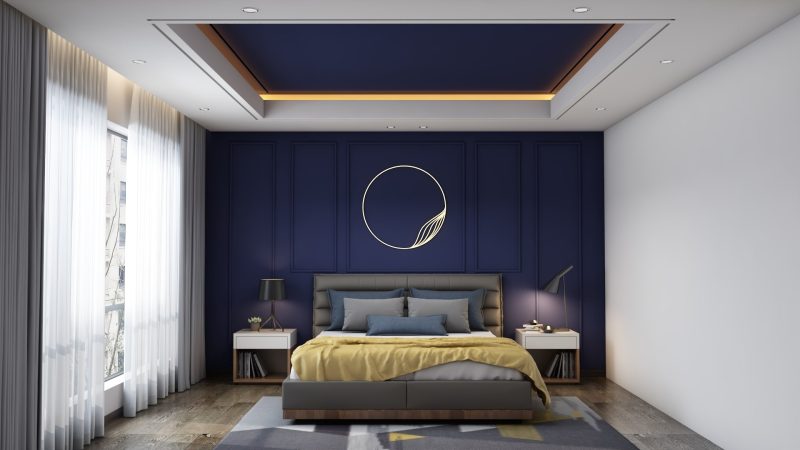Why the Best Interior Designers in Hyderabad Prioritize Sustainable Materials
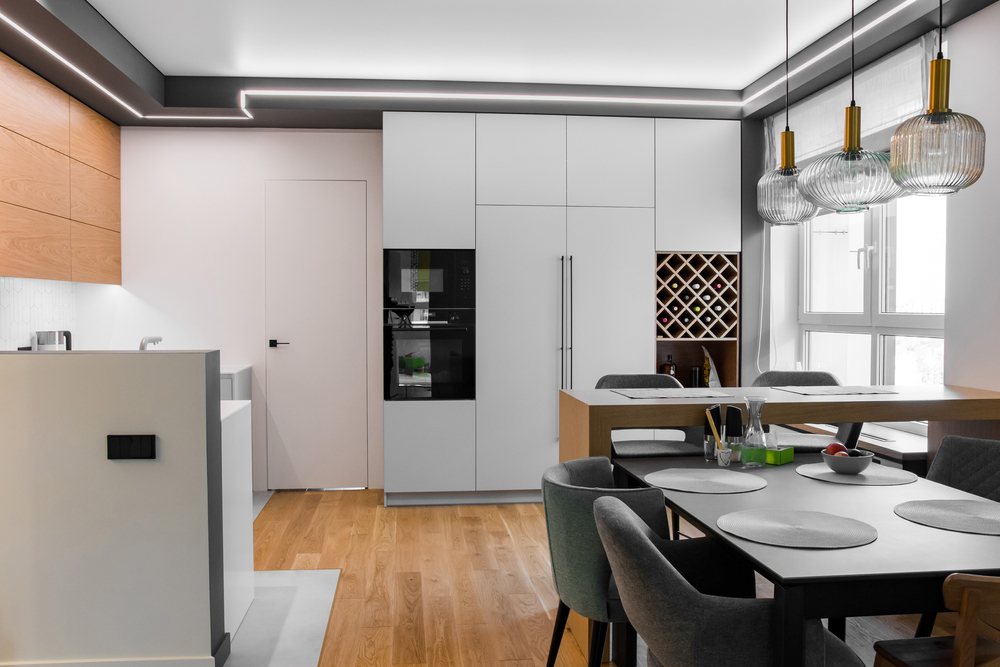
The best interior designers in Hyderabad prioritize sustainable materials because they recognize the profound impact eco-friendly choices have on client wellness, environmental preservation, and long-term cost efficiency.
The Rising Demand for Sustainable Interior Design in Hyderabad
Hyderabad’s rapid urban growth has led homeowners and businesses alike to seek design solutions that balance aesthetics with environmental responsibility. As awareness grows around issues like climate change and resource depletion, clients demand interiors that:
-
Reduce carbon footprints
-
Improve indoor air quality
-
Showcase modern, eco-conscious aesthetics
This shift in client priorities has driven top designers in the city to research, source, and implement sustainable materials at every project phase.
What Makes a Material “Sustainable”?
Before diving into why leading Hyderabad firms use green materials, it’s important to understand what qualifies a product as sustainable:
-
Renewable Sourcing: Materials harvested or produced without depleting natural resources (e.g., bamboo, cork).
-
Low Embodied Energy: Products that require minimal energy for manufacturing and transportation.
-
Recyclability & Reusability: Components that can be repurposed or recycled at end of life.
-
Non-Toxic & Healthier: Finishes and fabrics free of volatile organic compounds (VOCs) and hazardous chemicals.
By prioritizing these attributes, designers help clients create healthier, longer-lasting, and environmentally friendly spaces.
Benefits of Sustainable Materials in Interior Design
1. Healthier Living Environments
Traditional paints, adhesives, and finishes often emit VOCs that can cause headaches, respiratory issues, and long-term health concerns. Sustainable alternatives—such as low-VOC paints, formaldehyde-free plywood, and natural fiber textiles—significantly improve indoor air quality, leading to:
-
Reduced allergy and asthma triggers
-
Enhanced concentration and productivity
-
Overall improved well-being for occupants
2. Enhanced Aesthetic Appeal
Eco-friendly materials aren’t limited to rustic or “green” aesthetics. Today’s best interior designers in Hyderabad leverage sustainable materials in sophisticated ways:
-
Reclaimed Wood: Introduced as feature walls or bespoke furniture pieces for a luxurious, textured look.
-
Bamboo Flooring: Provides a sleek yet warm finish, suitable for both contemporary and traditional schemes.
-
Recycled Metal Finishes: Employed in lighting fixtures and hardware to add industrial-chic flair.
These elements blend seamlessly with current design trends, showcasing that sustainability and style go hand in hand.
3. Long-Term Cost Savings
While some green materials can carry a premium upfront, they often yield savings over time through:
-
Durability: Materials like reclaimed wood or high-quality recycled glass resist wear and tear.
-
Energy Efficiency: Properly insulated flooring and wall panels reduce heating and cooling bills.
-
Maintenance: Natural stone and engineered surfaces often require less restorative work compared to conventional materials.
Savvy clients in Hyderabad view sustainable investments as a path to reduced lifecycle costs.
Challenges in Sourcing Sustainable Materials Locally
Despite the benefits, obtaining authentic eco-friendly products in Hyderabad poses challenges:
-
Limited Availability: Genuine recycled or renewable materials may need importation or custom fabrication.
-
Verification of Claims: “Greenwashed” products can masquerade as sustainable without proper certification.
-
Supply Chain Transparency: Tracking the origin and lifecycle of materials requires rigorous due diligence.
To overcome these hurdles, top designers forge partnerships with trusted suppliers, invest in third-party certifications, and often commission bespoke pieces to guarantee integrity.
Strategies Employed by Leading Hyderabad Designers
1. Collaborating with Trusted Suppliers
Establishing relationships with vendors known for ethical practices ensures that:
-
Timber is sourced from certified plantations.
-
Fabrics come from fair-trade cooperatives.
-
Finishes carry recognized eco-labels (e.g., GreenGuard, FSC).
2. Customized, Local Fabrication
By working with local artisans and workshops, designers can:
-
Reduce transportation emissions.
-
Support Hyderabad’s craftspeople and traditional techniques.
-
Tailor materials to specific project needs, avoiding unnecessary waste.
3. Integrating Smart Design Principles
Incorporating passive design features—such as natural ventilation, daylighting, and thermal mass—amplifies the sustainability of materials used, resulting in truly green interiors.
Best Interior Designers in Hyderabad for Luxury Home Projects
Case Studies: Sustainable Projects in Hyderabad
Project A: Eco-Luxury Penthouse
-
Materials Used: Reclaimed teak flooring, low-VOC plaster, recycled glass backsplash.
-
Outcome: A 15% improvement in indoor air quality and a distinct textured aesthetic that earned media accolades.
Project B: Corporate Office Fit-Out
-
Materials Used: Bamboo ceiling panels, recycled aluminum partitions, energy-efficient LED fixtures.
-
Outcome: Reduced lighting energy consumption by 40% and enhanced employee morale through biophilic design elements.
Measuring Sustainability: Certification and Metrics
Leading firms in Hyderabad use recognized frameworks to quantify environmental impact:
-
LEED (Leadership in Energy and Environmental Design): Adheres to points for materials, indoor air quality, and energy performance.
-
BREEAM (Building Research Establishment Environmental Assessment Method): Assesses material lifecycles and site ecology.
-
EPD (Environmental Product Declaration): Provides a transparent report on a product’s environmental aspects.
Employing these metrics ensures accountability and client confidence.
Future Trends in Sustainable Interior Design
As technology and materials innovation progress, the best interior designers in Hyderabad are already exploring:
-
Bio-Based Composites: Materials grown from agricultural waste and fungi-based panels.
-
3D-Printed Recycled Plastics: Rapid prototyping of bespoke fixtures with minimal waste.
-
Smart Material Integration: Surfaces that adjust thermal or acoustic properties in response to environmental changes.
Staying ahead of these trends enables Hyderabad’s design community to continually raise the bar for eco-friendly living.
Conclusion
Prioritizing sustainable materials is no longer a niche practice but a hallmark of excellence among Hyderabad’s top interior designers. By selecting eco-friendly, durable, and healthy products—and by integrating adaptive design strategies—they create spaces that delight the senses, protect the planet, and safeguard occupant well-being. For homeowners and businesses alike, partnering with designers who champion sustainability ensures interiors that are not only beautiful but future-ready.

